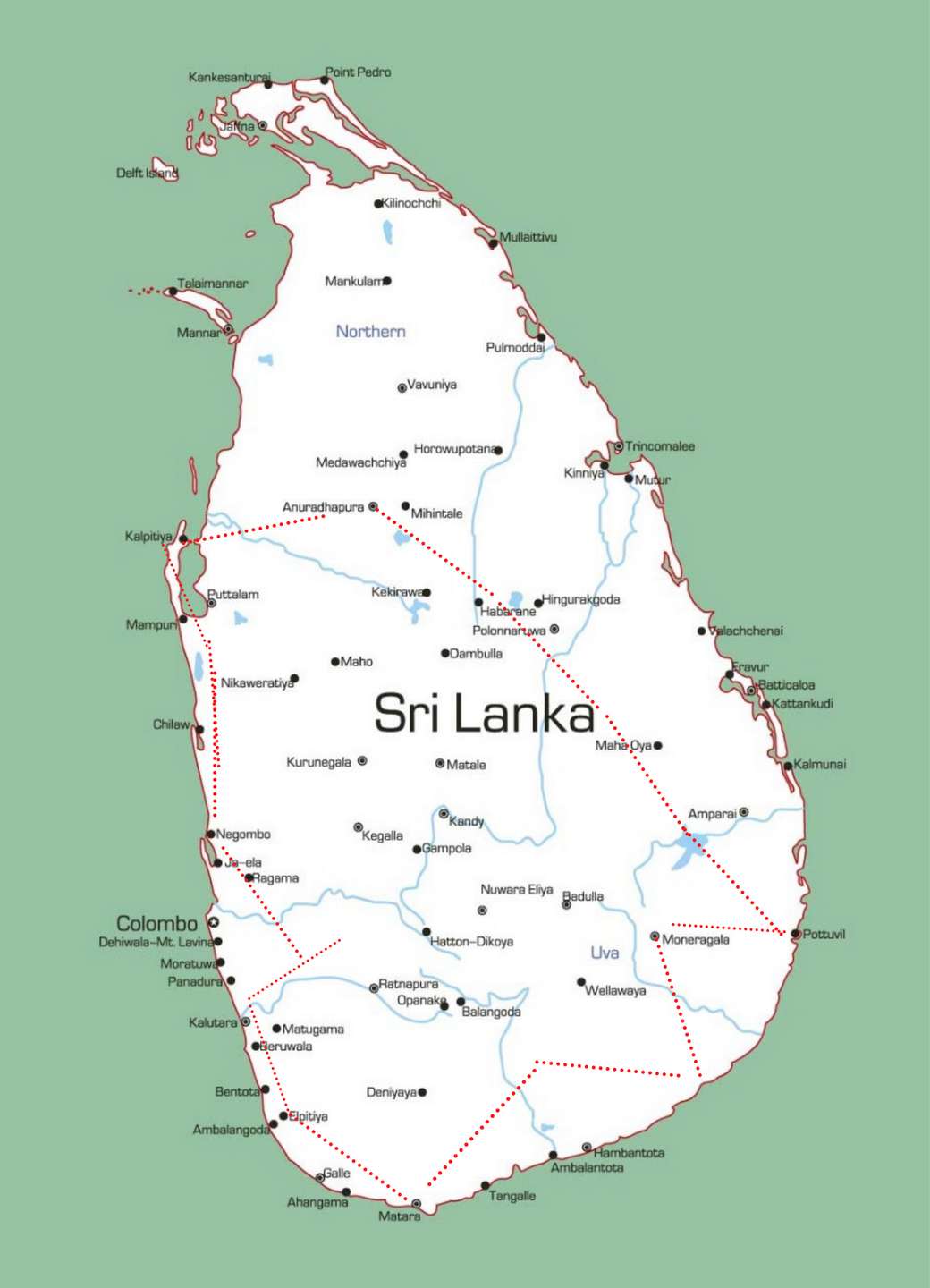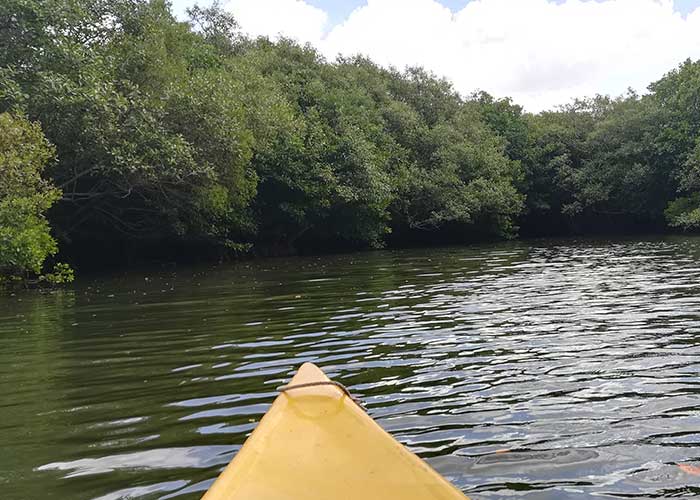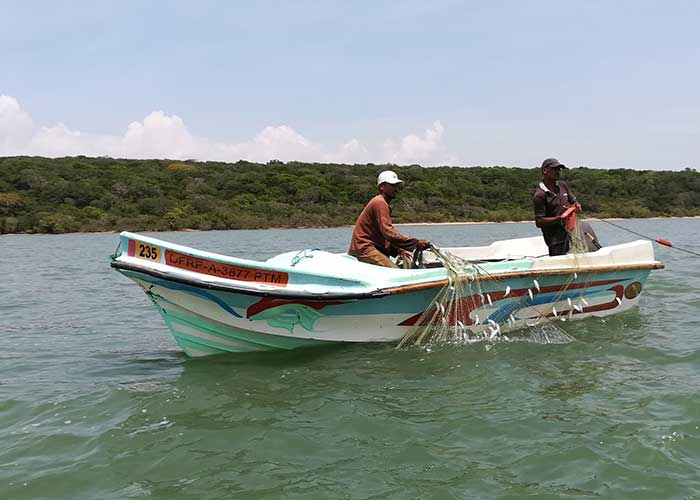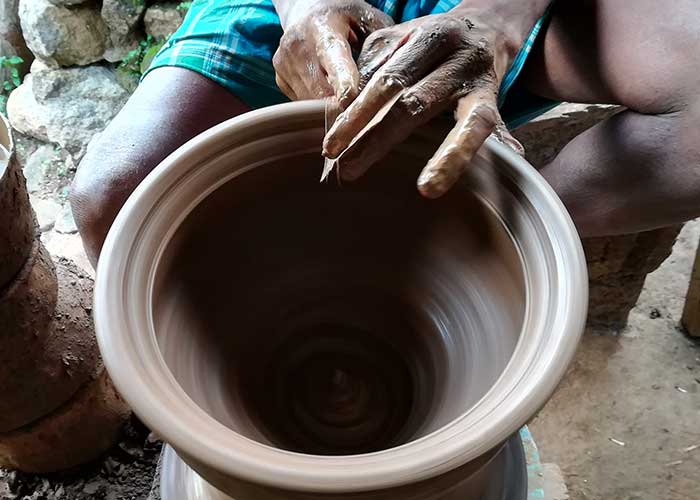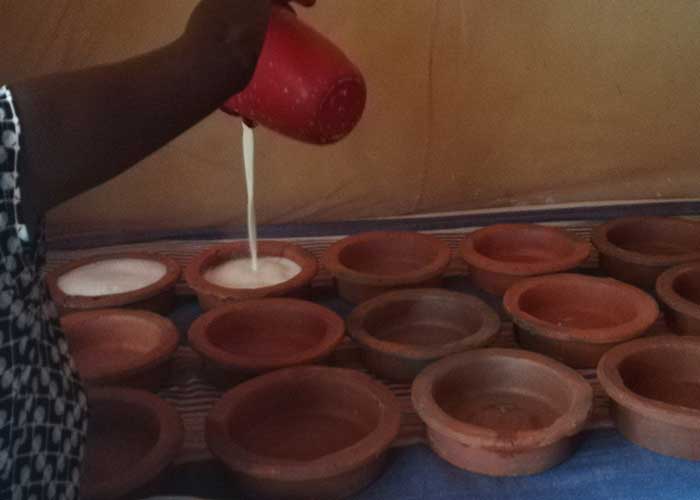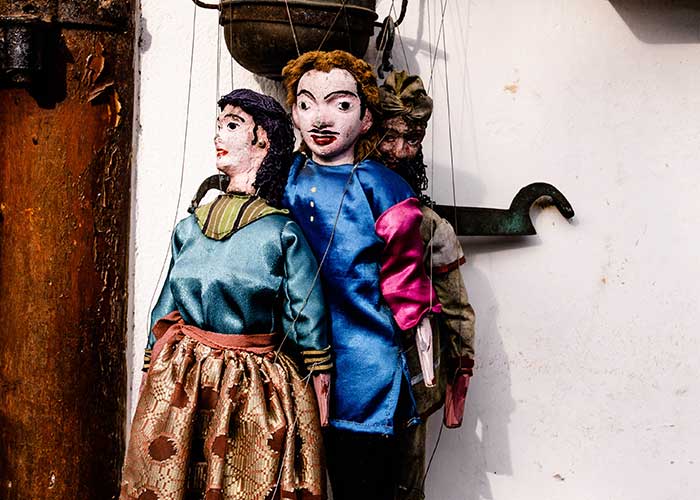Wild Sri Lanka - Winter Vacation
Guided Tour | With Excursions
Kalpitiya | Wilpattu | Polonnaruwa | Gal Oya | Arugam Bay | Kumana | Yala | Udawalawe | Mirissa | Sinharaja
Want more info?
Do you want to know when best to travel, the best places to stay and dine, the sights you shouldnt miss? Our experienced tour package designers are just a click away!
Get your travel and stay package in Sri Lanka designed to suit your time, budget and comfort requirements.
Arrival and Transfer to Kalpitiya
Arrive in Sri Lanka and Transfer to the coastal fishing town of Kalpitiya.
Dolphin Watching
Setoff early morning onto the open seas, with a snack breakfast in search of some of the friendliest ocean mammals, Dolphins! Kalpitya is a famous location for dolphin watching and on a good day you will be able to see pods of both spinner and bottle nosed dolphins swimming a few kilometers off shore. These playful creatures put on an impressive display of acrobatic feats and swim alongside the small dolphin watching vessels offering excellent opportunities of photographs. Return to shore and enjoy breakfast at your hotel. In the afternoon you can head to the tip of the peninsula and explore the old Dutch fort and fishing harbor.
Kalpitiya to Wilpattu (Boat ride across lagoon)
Transfer a short distance from your accommodation to the edge of the Kalpitiya lagoon where you will board a small fishing boat and navigate your way to the vast expanse of the Kalpitiya lagoon. This lagoon is rich in biodiversity and home to a thriving wetland eco system consisting of a healthy mangrove forest which is home to many species of crustaceans, fish, reptiles and birds. Your guide will take you through these beautiful landscapes and help you spot the hidden flora and fauna. Enjoy a packed lunch on an isolated sandbank and setoff for a small local fishing village from which you will transfer by vehicle to Wilpattu. Check into your accommodation and explore the surroundings which are rich in birdlife.
Wildlife Safari at Wilpattu
Set off early morning for a full day safari experience at the Wilpattu National Park. The name Wilpattu is derived from the villus’ or small ponds which are spread through the park. This is one of the largest national parks in the Island and is rich in diversity. The park is home to many species of birds and mammals such as the mongoose, hare and deer. The villus themselves are an ideal habitat for crocodiles. However, the highlights of the park are the illusive sloth bear and Sri Lankan leopard which are quite shy but are a treat to any wildlife photographer when spotted.
Wilpattu to Polonnaruwa
Before departing Wilpattu set off on one last morning safari and a hopeful chance at spotting more excellent wildlife. Thereafter return to your accommodation for breakfast and transfer to Polonnaruwa. En-route visit the Minneriya national park which is home to a large herd of elephants during the dry season. This ‘gathering’ takes place between July and October which is the peak of the dry season. Many small herds that surround the Minneriya reservoir congregate around the lush pastures which are a haven from the parched surrounding landscape. This gathering is believed to have been occurring for many centuries since the construction of this man-made lake by an ancient king. The park is also a haven for many species of birds and axis deer. *Please note that depending on the movement of the herd at the time of your visit you may need to visit the Hurulu Eco park or the Kaudulla National Park instead of Minneriya. Your guide will get the latest herd movement update a few days in advance and brief you in accordingly. After your safari at Minneriya proceed a further 40 minutes to Polonnaruwa, the second ancient capital of the island. The forests and ancient ruins of Polonnaruwa are home to a troupe of macaques who have been featured on many wildlife documentaries and most recently in the Disney movie ‘Monkey Kingdom’. Your overnight accommodation will be at the primate research center which was founded and is headed by Dr. Wolfgang Dittus, a German researcher who has been living in Sri Lanka for over 3 decades – dedicating his work to the conservation of primates. This is an ideal opportunity to discuss and learn more about the wildlife of Sri Lanka. You will also have access to the centers collection of documentary films and literature.
Primate observation among the ruins of Polonnaruwa
Rise early morning before dawn and join the research team as they make their way to the ruins of the ancient Polonnaruwa citadel. This is the prime location where most of the research and observation takes place. You will be able to gain unique insights into the habits and complex social hierarchy of the macaques as they set about their morning routine. The researchers have identified each individual monkey based on their unique features and have detailed records of their relationships and family ties. After an exciting morning session of primate observation retreat to the research center for breakfast and spend the early afternoon cooling off under the shade of the dense tree cover. Later in the afternoon head out for a second session of primate observation and this time you may try to recognize some of the primates you observed in the morning!In the late evening you can watch the sun, set over the Polonnaruwa reservoir and enjoy a refreshing beer or a cup of tea. The area surrounding the primate center is also home to a small population of Slender Loris and you will have the opportunity to try to spot and observe them in an unobtrusive manner under the guidance of the research team. Spend another evening in the company of the team at the research center before retiring for the night.
Polonnaruwa to Gal Oya
After an early breakfast transfer to the Gal Oya National Park. Though Gal Oya has been a protected sanctuary for many years it is one of the less visited National Parks and therefore in pristine condition. Initially developed as part of a vast agricultural and hydro project in the 50’s this region was later separated and protected in order to create a safe haven and minimize conflict between humans and wildlife. The park is home to beautiful landscapes and is in close proximity to the Senanayke Reservoir which is the island’s largest manmade lake. Your accommodation will be at a unique safari lodge located in the wilderness.
Wildlife safari at Gal Oya
Today you will be able to embark on a morning and afternoon safari of the Gal Oya National park. Gal Oya is home to many species of flora and fauna. You will have the opportunity to spot mammals such as axis deer, sambar deer, wild boar and the occasional sloth bear and leopard. However as with most national parks’ elephants tend to be a highlight. One of the highlights of a safari at Gal Oya is the opportunity to witness elephants swimming in the waters of the Senanayake Samudraya which is one of the islands largest lakes. You will have the opportunity to embark on a boat safari to get a closer view of these majestic animals swimming while using their trunks as snorkels!
Gal Oya to Arugam Bay
After an early breakfast set off to meet the Veddhas, the indigenous people of Sri Lanka who still live a lifestyle similar to their hunter gatherer ancestors. This is a golden opportunity to learn more about their sustainable way of living and the challenges they face in a rapidly modernizing world. After an informative encounter with the Veddhas depart for Arugam Bay. A town on the east coast of the island. Apart from its scenic beaches Arugam Bay is also an internationally renowned surfing destination. Spend the evening relaxing by the sea.
Accommodation in Arugam Bay: Kuda Kalliya Bungalow (or similar) (B/L/D)
Set off early morning with a packed breakfast to visit the Kumana National Park which is a renowned bird sanctuary. Kumana which is located south of Arugam Bay is home to many species of migrant waterfowl and waders. Spend the day exploring the park and taking in its scenic beauty. Return to your accommodation in the afternoon and spend the evening at leisure.
Arugam Bay to Yala
Enjoy a lazy morning at Arugam Bay complete with a lovely breakfast and a stroll on the long wide beach. Leave Arugam Bay behind and transfer to the Yala National Park. Yala, possibly Sri Lankas most visited park is home to a wide array of wildlife. Due to its relatively small size it boasts of dense population of leopards which are relatively easier to observe. Apart from the leopards Yala is also famous for its sloth bear population which are most prominently visible during the Palu season which falls around June and July each year. Palu, the berry like fruit of the Ceylon Ironwood tree is an irresistible treat for these furry omnivores as well as the other forest dwellers. You will visit a very scenic part of the park. At the center of this park is the Weheagala reservoir. There are many dead tree trunks located in the center of this lake which is an ideal nesting site for many species of birds. There are also a healthy deer and wild boar population here.
Full day safari at the Yala National Park
Setoff for a full day safari in the Yala national park. It is best to enter Yala at dawn, this is the ideal time to observe the animals as they are most active and are out and about feeding. The park is alive with many species of birds congregating at the waterholes. You will see the primates and other mammals foraging as well. It is important to keep a keen eye as a surprise encounter could be around the corner! As the heat of the day begins to rise the animals will venture deeper into the forest to seek shelter under the cool shade of the trees away from the busy jeep tracks. Following their lead, you could head back to your hotel for a few hours or enjoy a packed lunch in a shaded area of the National Park and continue your safari experience thereafter. Return to your accommodation in the evening.
Yala to Udawalawe (via Bundala)
Leave Yala early morning with your packed luggage and transfer to Udawalawe. En route visit the Bundala National park which is a famous bird sanctuary. Here you will be able to observe many species of wetlands birds. The wetland habitat of this park is home to a healthy population of mugger crocodiles! After your birding experience at Bundala, Proceed to Udawalwe. In the evening explore Udawalawe on safari jeep. Mainly open parkland, the park is famous for its elephants which can be seen in herds of over one hundred. Udawalawe is also home to spotted deer, sambar, barking deer, wild boar, water buffalo and jackal whilst the birding is excellent as well.
Udawalawe to Mirissa
After a leisurely breakfast visit the Elephant Transit Camp at Udawalawe. This unique site plays a key role in rehabilitating and re introducing displaced, injured and orphaned elephants back to the wild. It functions as a temporary recovery and transit facility and the staff have minimum interaction with the animals to avoid bonding. So far this has been a success story with many elephants being released back into the wild. Continue to Mirissa where you will get an opportunity to relax in picturesque beaches and indulge in many activities. Upon arriving in Mirrissa you can make your way to the beach to enjoy the beautiful sunset as you relax at the beach. Explore the local neighborhood that has many lovely restaurants and pubs. Top your beach experience by dining at a cozy seafood restaurant.
Whale Watching
Spend the morning whale watching by boat from Mirissa harbor (which leaves at 6.30 a.m.) where it is possible to see the great blue whale, the largest mammal on earth. Whales and dolphins are most frequently seen from November to early April. Return to shore and spend the afternoon relaxing or exploring the area.
Mirissa to Udawalawe
After a leisurely morning, setoff for Sinharaja. Drive inland to the pristine rainforests of Sinharaja which are home to many species of endemic birds and lizards. Spend the evening at leisure.
Bird watching at the Sinharaja rainforest
Enter the Sinharaja Rainforest early morning with a packed breakfast. The forest is alive with the melodious birdsong as many mixed flocks forage overhead and closer to the ground. This lush rainforest is home to many species of endemic birds and reptiles. Your guide will help you spot as many species as possible. In addition to the birds there are also many rare plants and butterflies. Walk along the trails and explore this breathtaking location. There are plenty of photo opportunities so make sure to bring a camera along. Return to the forest in the evening for another chance to spot some birds.
Departure
After breakfast bid farewell to the last wildlife destination of your holiday and transfer to the airport for departure.
















